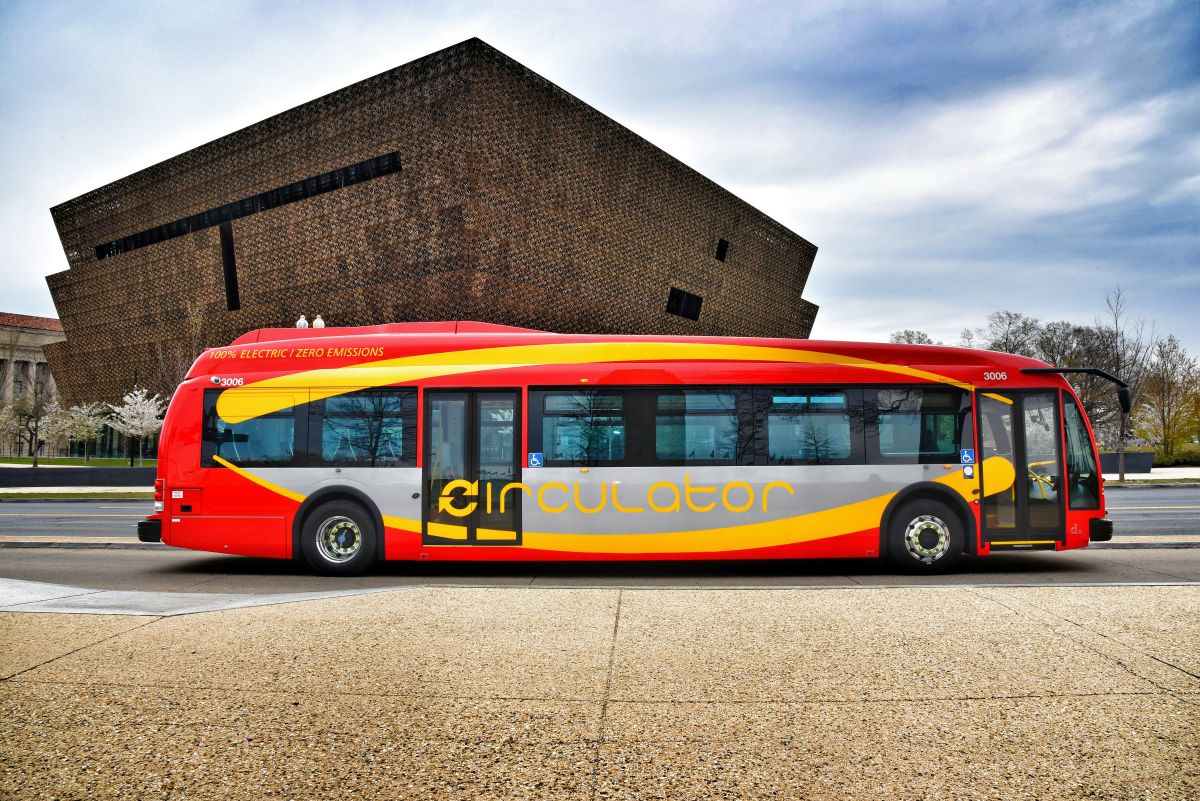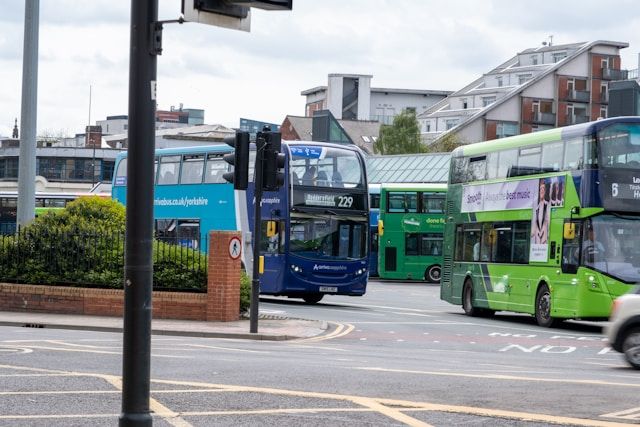Electric buses: is now the right time?
Several Governments have a stated ambition that a majority of their urban buses should meet zero emission standards by 2030.

Several Governments have a stated ambition that a majority of their urban buses should meet zero emission standards by 2030, contributing to a cleaner environment. This has created much interest in the electric mobility sector, although initiatives to translate the objectives into concrete reality often remain modest in scope. The big question is the optimum timing for change; is it better to invest in electric buses (e-buses) now, or to wait for more developed products from bus manufacturers?
Of the various alternative fuel technologies currently available, the e-bus market is the most developed. There are increasing numbers of e-bus schemes in operation across Europe, although many remain small pilot fleet schemes. Bus manufacturers perceive an opportunity and most now have at least one e-bus product. As a result, a wide range of vehicle sizes and capacities are becoming available, and there is significant investment to develop new products with improved performance.
However, several interdependent factors need to be considered when assessing the viability of using e-buses. These relate to the operational factors for the service (daily mileage and operational patterns) and technology factors (maximum range of vehicles and available charging solutions).
The characteristics of the on-board batteries fitted are the key drivers in an investment decision, since the battery cost accounts for almost 50% of the cost of an e-bus. The practical battery capacity has a direct effect on the realistic operating distance between battery charging. Notional energy capacity of a battery does not correspond to the total energy available for use: to maintain the health of the battery, around 30% is non-usable if the battery is to retain the ability to keep the charge. Of the remaining 70%, it is recommended that the battery of an e-bus should never be discharged below 15%, to avoid the possibility of getting stranded away from a charging point in the event of disruption.
There are several common types of battery, each of which offer different performance characteristics. Some can only be charged overnight at depots, while others can also receive fast charging during the working day of the bus (usually at a route terminus). Certain battery types are better suited to specific service patterns.
The charging strategy has to be considered in advance of any investment decision, as the charging infrastructure is the backbone of electric mobility. Substantial capital expenditure is required to create charging infrastructure to support an e-bus fleet. Hence, understanding the charging requirements is critical to making the best investment decision.
The success of the e-bus transition depends on multiple factors such as the technical specifications, the cost of different charging technologies, the capacity of the electricity distribution network, the bus specifications, the operational (service) characteristics, and the charging infrastructure space requirement.
Although interest in e-bus use is high across Europe, many service providers are not currently familiar with the requirements for e-bus operation and charging technologies. They may have limited technical and commercial know-how to inform critical investment decisions. There is still great uncertainty about e-bus market development, in particular related to operation, finance, charging infrastructure development and technology adoption. Anticipated declines in battery cost and potential increases in battery capacity could encourage authorities and operators to delay investment decisions in the hope or expectation that the technology options will become more stable over time.
Steer has undertaken extensive research, enabling us to understand the market and emerging trends. We have developed a modelling tool which will help city operators to assess alternative technical solutions and select the optimal solution to meet their specific requirements. The output of the model includes calculations of the total cost of ownership (TCO), including capital and operating costs over a period of time (typically the expected life of a bus), and provides comparison with equivalent costs for conventional diesel or natural gas buses.




















